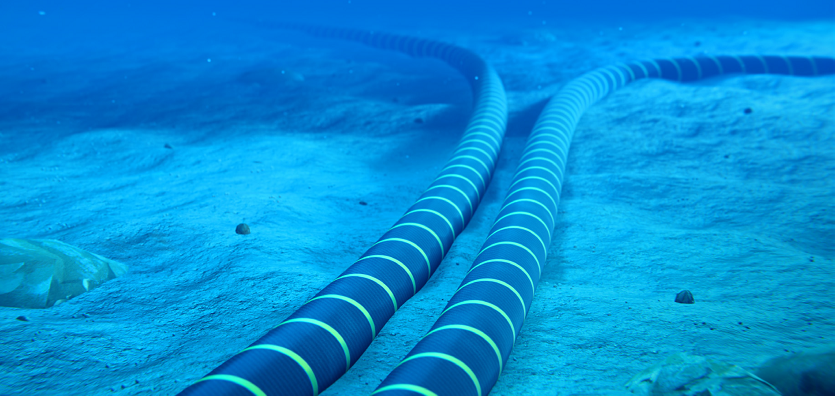
Submarine cables are a critical component of the global telecommunications network, providing high-speed data transmission between continents and countries. These cables are laid on the ocean floor and connect countries and continents, enabling the transmission of voice, data, and video signals across the world.
Submarine cables are made up of several layers of protective materials, including steel wire, copper, and polyethylene. The cables are designed to withstand the harsh ocean environment, including extreme temperatures, pressure, and saltwater corrosion.
The first submarine cable was laid in 1850, connecting England and France. Since then, the technology has advanced significantly, and today, there are over 400 submarine cables spanning over 1.2 million kilometers of ocean floor.
Submarine cables are typically laid by specialized ships equipped with cable-laying equipment. The process involves laying the cable on the ocean floor and burying it in the seabed to protect it from damage caused by fishing nets, anchors, and other hazards.
Submarine cables are used for a wide range of applications, including internet connectivity, international phone calls, and financial transactions. They are also used for scientific research, including the study of ocean currents, marine life, and climate change.
The importance of submarine cables in the global telecommunications network cannot be overstated. They are a critical part of the infrastructure that enables businesses, governments, and individuals to communicate and exchange information across the world.
Submarine cables are designed to provide high-speed data transmission, with some cables capable of transmitting data at speeds of up to 20 terabits per second. This high-speed data transmission is essential for businesses that rely on real-time data exchange, such as financial institutions and stock exchanges.
In addition to providing high-speed data transmission, submarine cables are also essential for international phone calls. Without submarine cables, international phone calls would be prohibitively expensive and unreliable.
Submarine cables are also used for scientific research, including the study of ocean currents, marine life, and climate change. By providing real-time data transmission, submarine cables enable scientists to study the ocean and its inhabitants in unprecedented detail.
Despite their importance, submarine cables are not without their challenges. The harsh ocean environment can cause damage to the cables, and repairing them can be a complex and expensive process. In addition, the cables are vulnerable to damage from fishing nets, anchors, and other hazards.
To mitigate these risks, submarine cables are designed to be highly resilient and are protected by multiple layers of protective materials. In addition, regular maintenance and repair are essential to ensure that the cables remain in optimal condition.
In conclusion, submarine cables are a critical component of the global telecommunications network, providing high-speed data transmission between continents and countries. They are essential for businesses, governments, and individuals who rely on high-speed internet connectivity and international communication. As our reliance on digital communication continues to grow, submarine cables will remain a critical part of the global infrastructure.